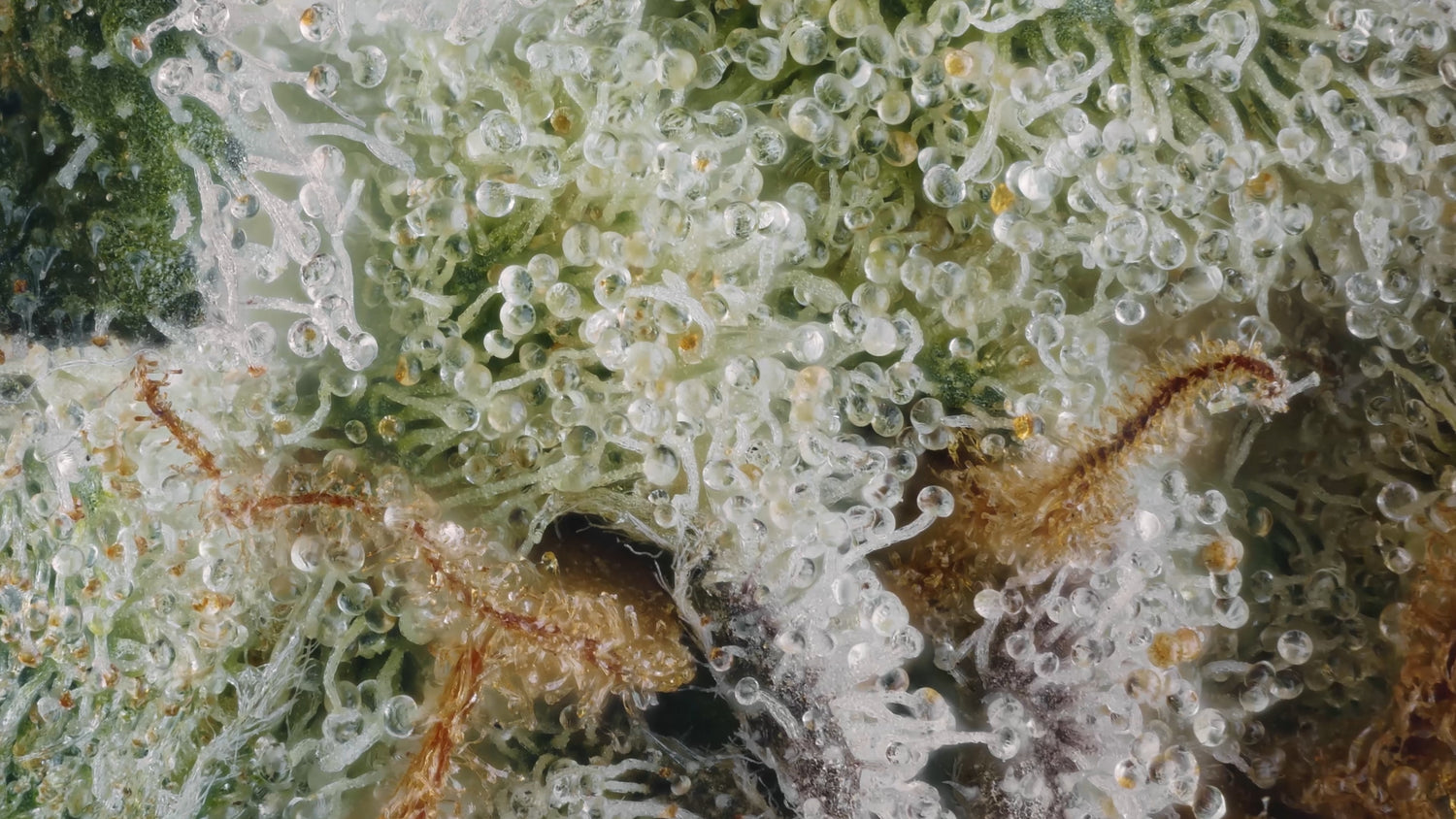Indirect Plant Defense
Indirect Plant Defense

Indirect plant defense refers to the strategies that plants use to defend themselves against herbivores and pathogens without directly attacking or killing the attacker. These strategies typically involve the manipulation of the environment in order to make it less favorable for the attacker or to attract natural enemies of the attacker.
One common example of indirect plant defense is the production of chemicals that deter herbivores or pathogens, but do not harm them directly. These chemicals are known as allelochemicals and can include things such as terpenoids, phenolics and other compounds that can affect the feeding or growth of the herbivores or pathogens. (reference 1)
Another example of indirect plant defense is the production of volatile organic compounds (VOCs) that can attract natural enemies of herbivores or pathogens, such as predators or parasitoids. These VOCs can act as cues for these natural enemies to locate the plant and attack the herbivores or pathogens. (reference 2)
Plants also can use a mechanism called "induced defense" in which the plant increases its defense against herbivores or pathogens after being exposed to signals indicating the presence of an attacker. This can include changes in the chemical composition of the plant, changes in the morphology of the plant, or the production of specific signaling molecules that can attract natural enemies. (reference 3)
Indirect plant defense can also involve the manipulation of the plant's environment to make it less favorable for the attacker. For example, some plants can create microclimates that are too dry, too hot, or too shady for herbivores to survive. (reference 4)
It's important to note that some of these mechanisms can work together and that different plants can use different strategies depending on the species and the environment.
References:
- "Direct and indirect plant defense against herbivores" by J.F. Tooker and M. Benton Jones Jr, Plant, Cell & Environment, 2015
- "Induced plant volatiles as a defense against herbivory" by R. Dicke and W.S. Alborn, Plant, Cell & Environment, 2013
- "Induced systemic resistance in plants" by H. Schouten and M. Pieterse, Plant, Cell & Environment, 2011
- "Direct and indirect effects of plant microclimates on herbivores and natural enemies" by J.F. Tooker, Annual Review of Entomology, 2015

